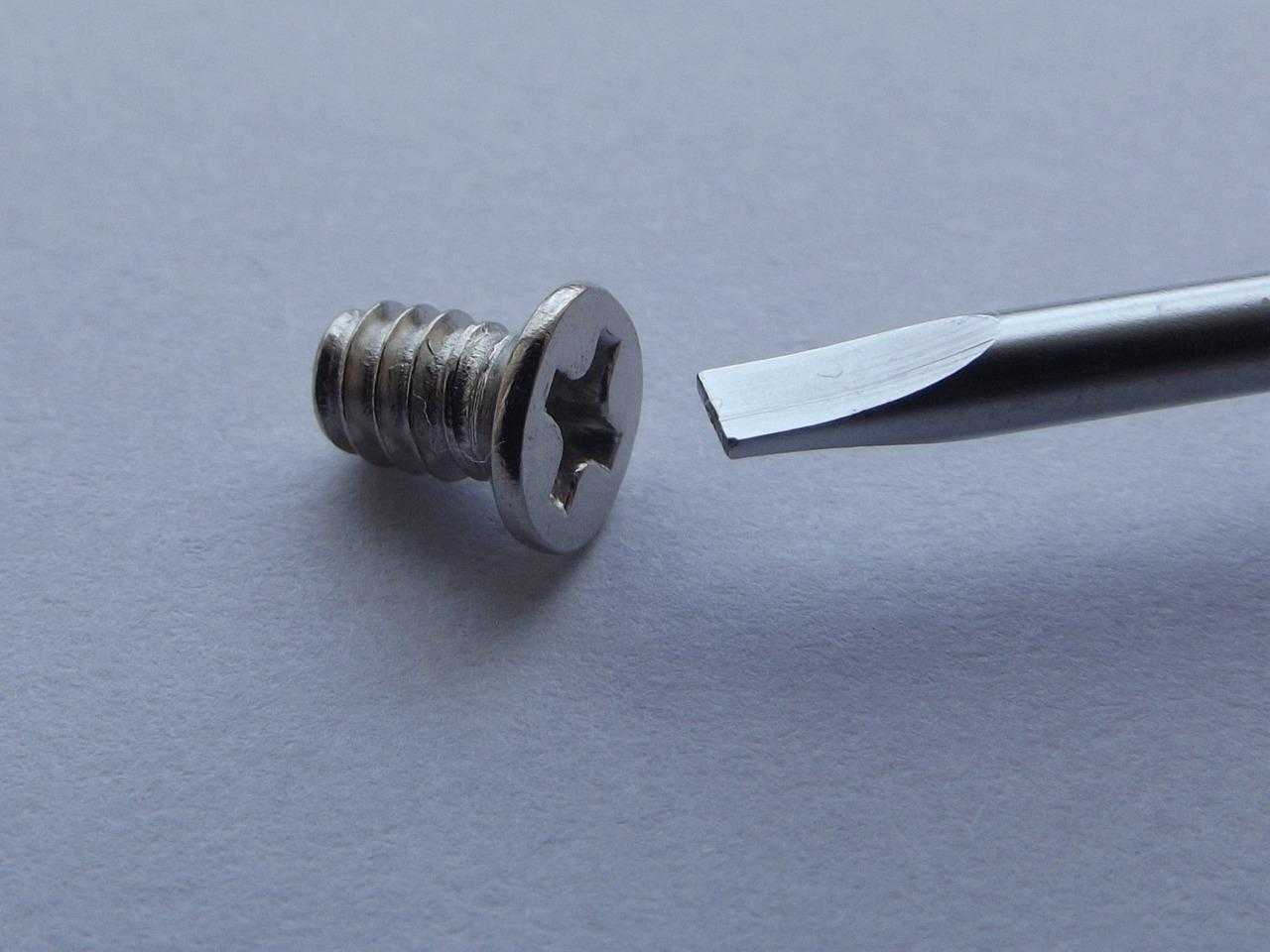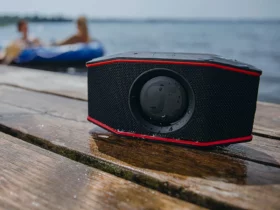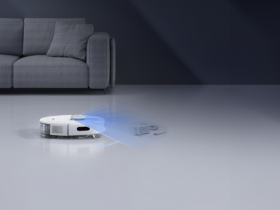In this complete guide we will find out which are the main screwdriver models on the market, as well as how to choose the correct one for our needs
Whether you are a specialist or a DIY expert, one of the work tools you find yourself using most often is certainly the screwdriver. In addition to disassembling and reassembling objects, in fact, screwdrivers can also perform many other functions: leveraging, scraping surfaces, making small holes and even recovering objects that have fallen into cracks.
But screwdrivers, as we know, are all different! How many models are there on the market and how do you choose the one best suited to your needs? You can find the answer by continuing to read this article.
How to choose screwdrivers
Screwdrivers are tools created for screwing in and unscrewing fasteners that have a groove in the head (called a “footprint”). Unlike wrenches, for example, these tools do not wrap around the head of the screw to turn it, but rather transmit the twisting movement from inside it.
Broadly speaking, we can divide all the screwdrivers on the market based on three characteristics: the size, the shape of the footprint and the possibility of changing the head of the tool. Let’s see them in detail.
The size of the screwdrivers
The same screwdriver model can be made in different sizes; this concerns both the diameter of the rod and the size of the head that must be inserted into the imprint of the fastening element, and the length of the rod.
The size of the screwdriver grows in direct proportion to that of the fastener on which it is to be used. Screwdrivers with a long shaft allow you to work on screws and bolts that are in difficult-to-reach positions, while those with a short shaft are often preferred for performing precision work, such as disassembling a smartphone or a computer keyboard.
Unfortunately, it is not easy to predict the size and position of the fasteners you will be working on. For this reason, screwdrivers are usually purchased in sets that include models of different sizes or even tools of various sizes and with different heads.
The shape of the head
When you think of screwdrivers, the first model that comes to mind is often the flat-head one (in the image above), which is the most “traditional” one. In fact, once upon a time, screws had a linear groove on the head into which to insert the screwdriver. In reality, this tool can also be used with “star” (four-pointed) screws, but it always maintains a limit.
The fact is that flat-head screwdrivers do not allow you to apply a lot of force during tightening operations because they have little grip, tend to slip and potentially ruin surfaces and cause injuries.
To make up for this shortcoming, screwdrivers with Phillips heads (that is, star-shaped ones with four points), Torx ones (with five-pointed star ones), Robertson ones (with square section) and Hex ones (with hexagonal section) were invented. .
These models allow you to obtain greater adhesion between the faces of the imprint of the fastener and those of the head of the tool, thus reducing the effort required to screw and unscrew and, at the same time, reducing slipping.
Interchangeable head
There are some screwdrivers that can replace an entire set thanks to the presence of interchangeable heads that can have different sizes and profiles, so as to perfectly adapt to as many fasteners as possible.
Ratchet screwdrivers, for example, have a mechanism that allows the user to turn the tool without ever lifting and repositioning it. To attach to the fastener, they have interchangeable sockets.
The same goes for the most technological model of screwdriver: the electric one. Similar to a small drill or a screw gun, this tool allows you to change the bits depending on the shape and size of the screw or bolt you need to work on. These screwdrivers are very convenient and often used by DIY bloggers.
















Leave a Reply
View Comments